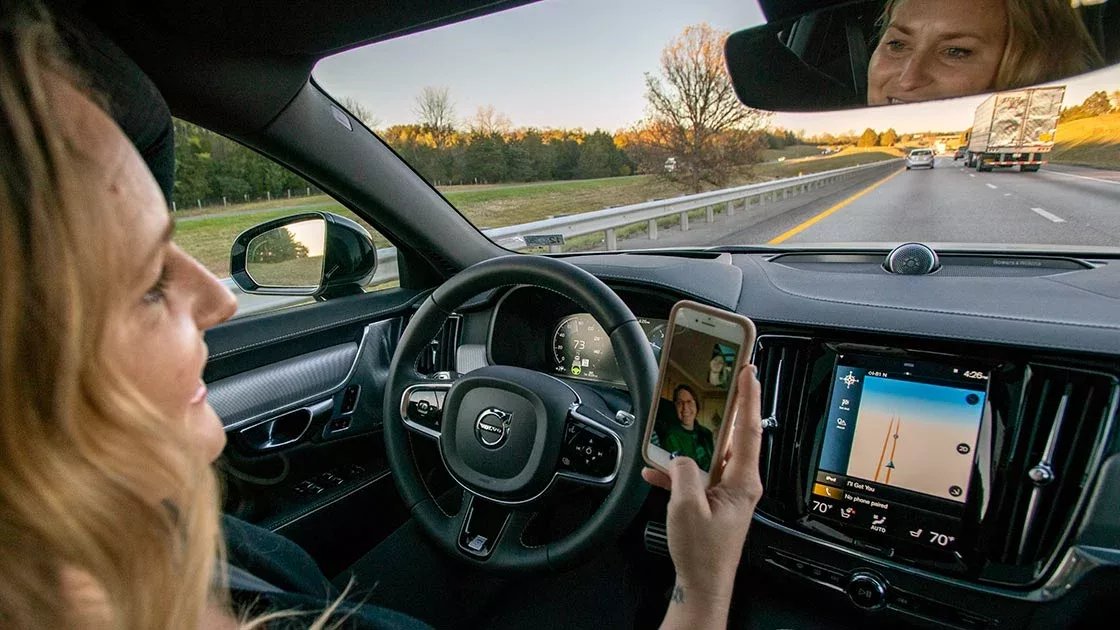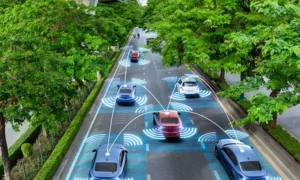Drivers fidget with electronics and take both hands off the wheel more often as they develop trust in automated systems, researchers in America have discovered.
The Insurance Institute for Highway Safety and the Massachusetts Institute of Technology’s AgeLab investigated how driving with automation such as adaptive cruise control and automatic lane keeping affected behaviour of 20 volunteers.
Researchers spent a month examining how often drivers using vehicles with some Level 2 features removed both hands from the steering wheel or took their attention away from the road to do things like use their phone or adjust the controls on the vehicle’s console.
One group of 10 drove a Land Rover Range Rover Evoque equipped with adaptive cruise control (ACC), which automatically keeps the vehicle travelling at a speed chosen by the driver while maintaining a pre-established following distance. Another 10 drove a Volvo S90 with both ACC and Pilot Assist, a partially automated system that combines ACC with centring technology.
Researchers found that when the drivers first received the vehicles, there was little or no difference in how frequently they showed signs of disengagement, whether they were driving manually, using ACC or using Pilot Assist. After a month, however, they were substantially more likely to let their focus slip or take their hands off the wheel when using automation, and the impact of Volvo’s Level 2 system was more dramatic than that of ACC alone.
“Drivers were more than twice as likely to show signs of disengagement after a month of using Pilot Assist compared with the beginning of the study,” said Senior Research Scientist Ian Reagan, the lead author of the study. “Compared with driving manually, they were more than 12 times as likely to take both hands off the wheel after they’d gotten used to how the lane centring worked.”
The researchers point out that Pilot Assist and similar systems like Tesla’s Autopilot, Cadillac’s Super Cruise and Mercedes-Benz’s Intelligent Drive are not designed to replace the driver. They have trouble negotiating many common road features, so the driver must be in control at all times. However, with the automation managing steering and speed — quite well in some cases — it’s easy for the driver to lose focus.
“This study supports our call for more robust ways of ensuring the driver is looking at the road and ready to take the wheel when using Level 2 systems,” added Reagan. “It shows some drivers may be getting lulled into a false sense of security over time.”
(Picture: Insurance Institute for Highway Safety)





















